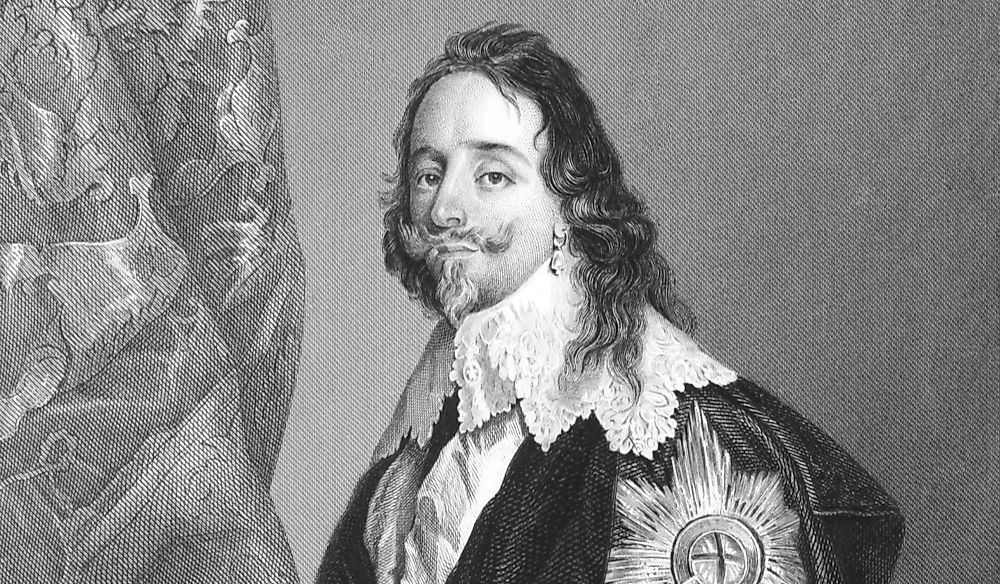What Was the War of the Three Kingdoms?

Also referred to as the British Civil Wars, the War of the Three Kingdoms refers to a series of conflicts that happened between 1639 and 1651 in England, Scotland, and Ireland. Among these conflicts, the most well-known is the English Civil War as it included major events such as the 1649 execution of King Charles I and the removal of the absolute power of the monarchy. The core reasons for the tensions and the eventual war were mainly civil and religious as well as some national conflicts.
Historical Background
As stated earlier, the reasons for the conflicts were mainly religious and civic. All this began back in 1603 when King James VI of Scotland, a Protestant, took over from Elizabeth I and became King James I of England and Ireland. Around that time, Scotland was a country divided by a dispute between Protestants and Catholics. However, King James had a tactfulness about him that allowed him to use his powers as a king and diplomacy skills to keep both sides in check. Despite his tact, he had to concede that the General Assembly would not welcome his rule and direction on how to run the church. Despite all this, King James decided to impose his will on the General Assembly by doing things like preventing the assembly from meeting and appointing more bishops to the Church of Scotland. For example, in 1618, he held a General Assembly session and pushed through five articles that were extensively rejected.
Things went even further downhill after his death in 1625 and his son, Charles I, became king in 1633 through an Anglican ceremony in Scotland. Compared to his father, Charles was considerably less tactful, less skilled, and less restrained. However, like his father before him, he believed that kings had divine rights over their subjects. This belief is what led him to have problems with groups such as the English Parliament in things like military expenditures, taxation, and other things. In Scotland, he brought about discord through things like forcing the Church of Scotland to practice Anglican rites. In Ireland, his proclamations through increasing taxes on Catholics, denying Catholics rights accorded to citizens, taking Catholic land, and other things caused further tensions. Eventually, all these tensions reached a tipping point in 1639 when his military coercion of Scotland failed, and the conflict began in earnest.
Major Battles
There were a number of wars fought during that period including the Bishop’s Wars (1639-1640), the Irish Rebellion (1641), the Scottish Civil War (1644–1645), the First English Civil War (1642–1646), and the Second English Civil War (1648–1649). The Bishop's Wars were the tipping point leading to the War of the Three Kingdoms. The Bishop's Wars took place in Scotland and England due to the attempted control of the Chuch of Scotland by King Charles I. As previously stated, the War of the Three Kingdoms resulted in the execution of King Charles I in 1649. The Third English Civil War (1650–1651) ended after the defeat of the Royalist army under King Charles II.
Aftermath
After the war, there were two significant changes. First, British monarchs were expected to rule in the best interests of the people. The idea of divine rights for kings was removed. Secondly, there was a long-lasting mistrust in military rule due to unfavorable times created by military rule.











